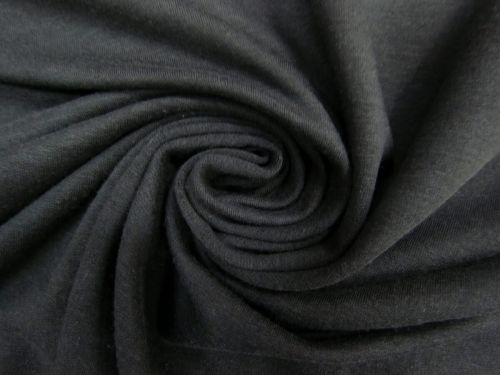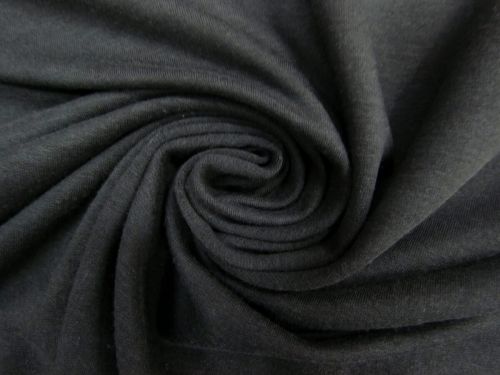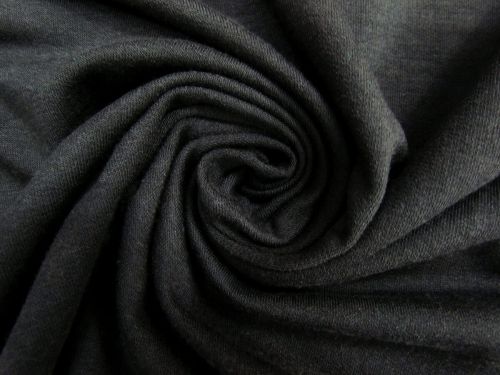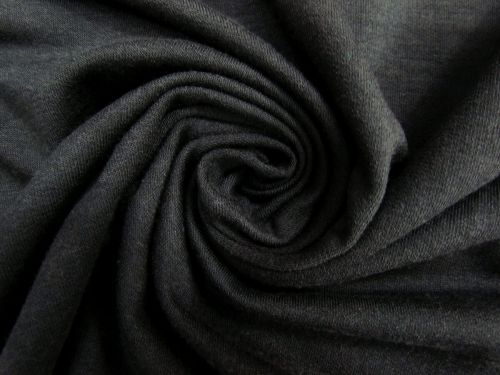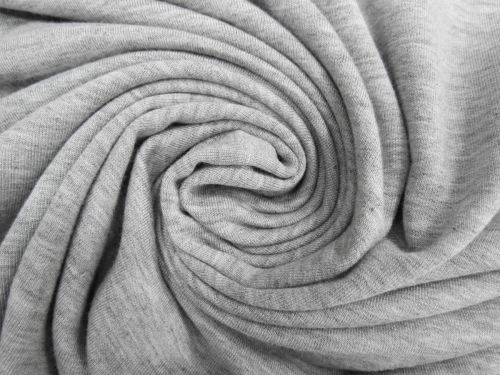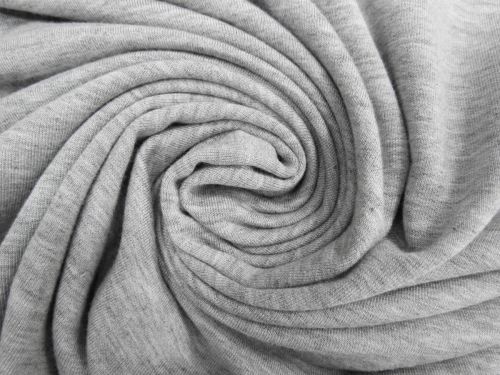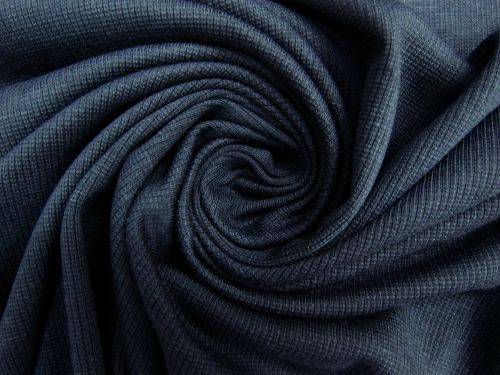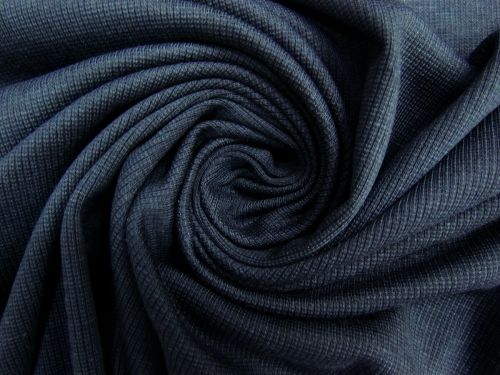All About Bamboo Fabric
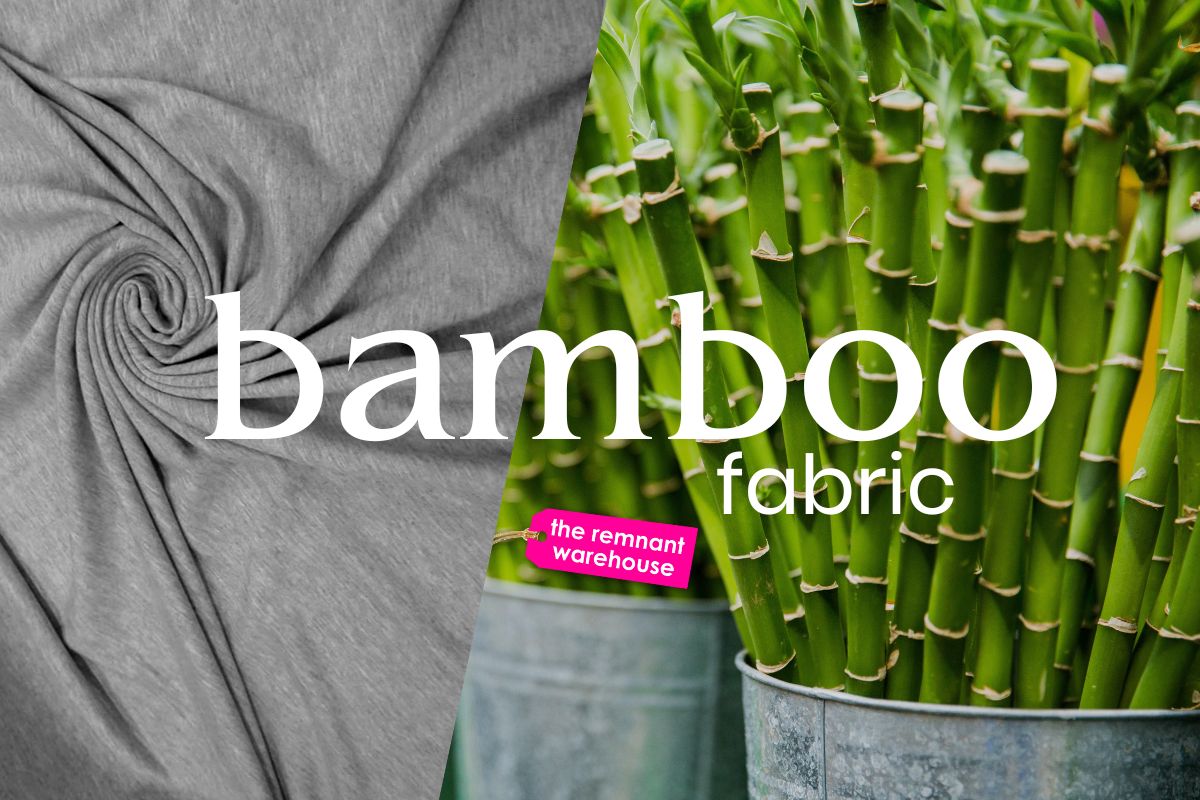
What is bamboo fabric?
Bamboo fabric is a type of fabric made from the fibers of the bamboo plant. Bamboo has gained popularity as a sustainable and eco-friendly alternative to traditional textiles like cotton or polyester.
Bamboo fabric has a unique and desirable feel that is often described as soft, silky, and luxurious. The texture of bamboo fabric can vary depending on the specific type of fabric weave or knitting used, as well as the finishing processes applied. However, some common characteristics of bamboo fabric include:
-
Softness: Bamboo fabric is known for its exceptional softness. It feels gentle and smooth against the skin, making it comfortable to wear, especially for sensitive skin.
-
Silk-like: Bamboo fabric often has a silky or lustrous appearance, similar to that of natural silk. This sheen contributes to its luxurious feel.
-
Cool and Breathable: Bamboo fabric has excellent moisture-wicking properties, which helps keep the wearer cool and dry. It allows for better airflow and breathability, making it an ideal choice for warm or humid climates.
-
Lightweight: Bamboo fabric tends to be lightweight, which adds to its comfort and ease of wearing.
-
Drape: Bamboo fabric typically has a graceful drape, meaning it falls smoothly and elegantly on the body. This attribute enhances the fluidity of clothing made from bamboo fabric.
-
Comfortable Stretch: Some bamboo fabric blends contain elastane or spandex, giving the fabric a comfortable stretch and improving its flexibility.
-
Natural Feel: Bamboo fabric retains some of the natural properties of bamboo, providing a touch that many find distinctive and appealing.
It's important to note that the feel of bamboo fabric can be influenced by the manufacturing process and any additional finishes applied during production. The softness and comfort of bamboo fabric make it a popular choice for various clothing items, including shirts, dresses, underwear, and activewear. Its luxurious feel and eco-friendly qualities have contributed to its increasing popularity as an alternative to conventional textiles.
What are the benefits of bamboo fabric?
Bamboo fabric has several desirable properties:
-
Softness: Bamboo fabric is known for its soft and silky feel, making it comfortable to wear.
-
Breathability: Bamboo fabric has excellent breathability and moisture-wicking properties, which helps to keep the wearer cool and dry.
-
Antibacterial: Bamboo contains natural antibacterial properties, which can make the fabric resistant to odor-causing bacteria.
-
Eco-friendliness: Bamboo is a fast-growing plant that requires minimal water and no pesticides, making it a sustainable and environmentally friendly material.
-
Biodegradability: Bamboo fabric is biodegradable, which means it can break down naturally over time, reducing its environmental impact.
How sustainable is bamboo fabric?
Bamboo is considered a sustainable fabric for several reasons:
-
Rapid Growth: Bamboo is one of the fastest-growing plants in the world, with some species capable of growing up to one meter per day. This rapid growth rate allows for quick replenishment after harvesting, making it a highly renewable resource.
-
Minimal Water Consumption: Bamboo requires significantly less water compared to conventional crops like cotton. It can often thrive with rainwater alone, reducing the pressure on water resources in regions where it's cultivated.
-
No Need for Pesticides or Herbicides: Bamboo has natural antibacterial and antifungal properties, which make it less susceptible to pests and diseases. As a result, bamboo cultivation typically requires little to no pesticides or herbicides, reducing chemical usage and its impact on the environment.
-
Reduced Carbon Footprint: Bamboo has the ability to sequester large amounts of carbon dioxide from the atmosphere, helping to mitigate the greenhouse effect and combat climate change.
-
Regenerative Harvesting: When bamboo is harvested, the root system remains intact, allowing the plant to regrow quickly without the need for replanting. This regenerative harvesting process further contributes to its sustainability.
-
Biodegradability: Bamboo fabric is biodegradable, meaning it can naturally decompose in the environment without leaving behind harmful pollutants or microplastics.
-
Soil Health: Bamboo's root system helps prevent soil erosion, improve soil quality, and support biodiversity in the areas where it's cultivated.
-
Low Land Footprint: Bamboo can grow in diverse environments and on marginal lands, making it a suitable option for regions unsuitable for other crops. This reduces the need for land conversion and deforestation.
While bamboo itself possesses these sustainable attributes, it's crucial to consider the entire supply chain when assessing the overall sustainability of bamboo fabric. The manufacturing process, particularly for bamboo viscose (the most common type of bamboo fabric), involves the use of chemicals that can be harmful to the environment if not managed properly. At The Remnant Warehouse, all of our bamboo fabrics have been sourced as designers remnants or 'deadstock' - meaning that we have purchased what designers have left over at the end of their production runs. We do not order these from a supplier or textile manufacturer, so you can purchase bamboo fabrics from us knowing that you are rehoming otherwise wasted fabrics and not contributing to excessive production and chemical use.
How is bamboo fabric made?
Bamboo fabric is made through a process that involves breaking down the bamboo plant into cellulose fibers and then spinning these fibers into threads, which are eventually woven or knitted into fabric. The most common method used to produce bamboo fabric is known as the "bamboo viscose" or "bamboo rayon" process. Here are the main steps involved in making bamboo fabric:
-
Harvesting: Mature bamboo plants are harvested, typically from species that are fast-growing and renewable. After harvesting, the leaves and outer sheath of the bamboo plant are usually removed, leaving the inner woody part, known as the "culm."
-
Pulping: The bamboo culms are broken down into pulp. There are two primary methods for pulping:
a. Mechanical Process: In this method, the bamboo culms are crushed or mechanically processed to create a mushy mass. Natural enzymes are then used to break down the bamboo fibers further. This mechanical process is less common and less environmentally friendly than the chemical process.
b. Chemical Process: The chemical process is the most common method used to produce bamboo fabric. In this process, the bamboo is treated with chemicals to extract the cellulose. The bamboo is first crushed and then soaked in a mixture of sodium hydroxide (caustic soda) and carbon disulfide. This creates a bamboo cellulose solution.
-
Filament Production: The bamboo cellulose solution is forced through spinnerets (tiny holes) to create long, thin strands of bamboo cellulose fibers. These fibers are sometimes referred to as "bamboo viscose" or "rayon from bamboo."
-
Solidification: The bamboo cellulose fibers are solidified or coagulated in a bath of a solution, typically sulfuric acid, to create stable filaments.
-
Spinning: The solidified bamboo filaments are then spun into threads, which can be further processed into yarns.
-
Weaving/Knitting: The bamboo yarns are woven on looms or knitted to create bamboo fabric. The weaving or knitting process determines the texture and appearance of the final fabric.

